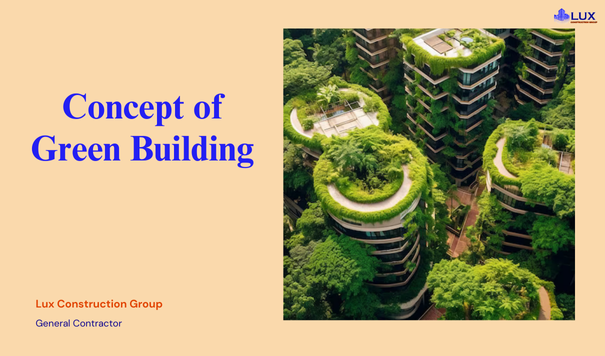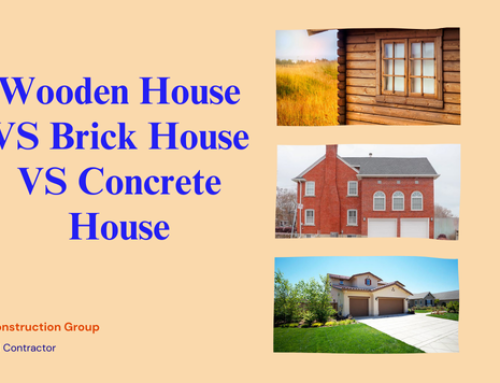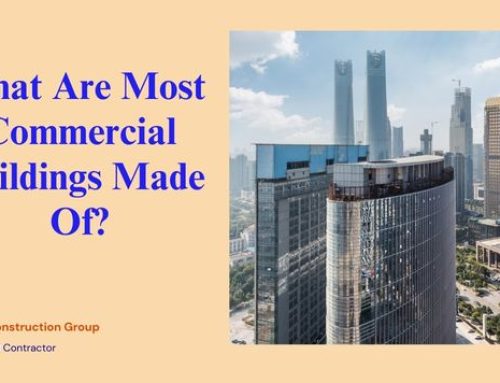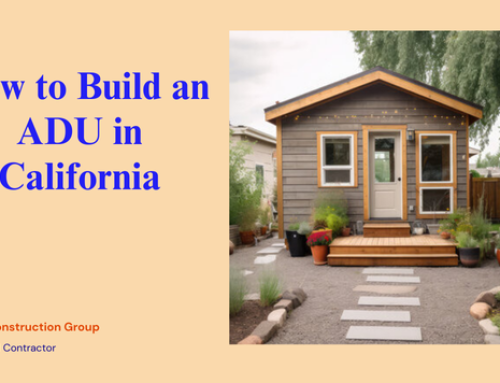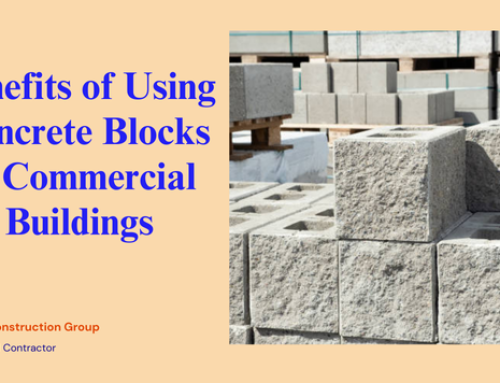Nowadays, environmental concerns are a top priority. Green building, or sustainable architecture, has become very important. This approach focuses on designing and constructing environmentally responsible, resource-efficient, and healthy buildings for occupants.
A green building is a structure that is planned, designed, constructed, and operated to minimize its negative impact on the environment. It uses sustainable practices from start to finish, including site selection, material use, energy and water consumption, indoor air quality, and eventual disposal or deconstruction.
The core principles of green building include reducing non-renewable resources, cutting greenhouse gas emissions, promoting renewable and recycled materials, and creating healthy indoor spaces. Following these principles helps protect the environment and provide economic and social benefits.
This guide aims to provide a thorough understanding of what green buildings are, their benefits, and how they contribute to a healthier, more sustainable world.
What is a Green Building?
A green building is a building that is good for the environment. It is designed and built in a way that saves energy and water. Green buildings use materials that are eco-friendly and sustainable. They create very little waste during construction.
Green buildings have good air quality inside to keep occupants healthy. The location is carefully chosen to protect nature. The goal of a green building is to reduce resource consumption, lower greenhouse gas emissions, and create a comfortable, healthy living or working environment.
Key elements of green buildings include energy efficiency, water conservation, the use of sustainable materials, and improved indoor air quality.
Benefits of Green Buildings
Green buildings offer numerous benefits that make them a superior choice over traditional buildings.
These benefits extend beyond environmental considerations, encompassing economic advantages and improved occupant well-being.
-
Energy Efficiency
One of the primary benefits of green buildings is their energy efficiency.
Green buildings significantly reduce their energy consumption by incorporating high-performance insulation, energy-efficient lighting, and appliances.
They also decrease reliance on non-renewable energy sources by using renewable energy sources like solar panels.
-
Resource Conservation
Green buildings are designed to conserve natural resources by minimizing water usage, reducing construction waste, and utilizing sustainable and recycled materials.
Water-saving fixtures, rainwater harvesting systems, and efficient landscaping techniques contribute to water conservation, while careful material selection and waste management practices minimize resource depletion.
-
Improve Indoor Air Quality
Green buildings prioritize the health and well-being of their occupants by promoting better indoor air quality.
This is achieved through the use of non-toxic building materials, proper ventilation systems, and strategies to reduce indoor air pollutants.
Improved air quality can lead to increased productivity, reduced absenteeism, and overall enhanced occupant well-being.
-
Cost Savings
While green buildings may have higher upfront construction costs, they offer significant long-term cost savings through reduced energy and water consumption, lower maintenance costs, and increased operational efficiency.
Additionally, green buildings often qualify for incentives, tax credits, and rebates, further offsetting the initial investment.
-
Community Benefits
Green buildings contribute to the overall well-being of local communities by reducing environmental impacts, promoting sustainable practices, and creating healthy living and working environments.
They can also serve as educational resources, raising awareness about sustainable living and inspiring others to adopt eco-friendly practices.
Strategies for Green Building Design
Designing a green building involves multiple strategies that focus on sustainability, efficiency, and occupant well-being.
These strategies aim to minimize the environmental impact of buildings while maximizing their positive contributions to the environment and society.
Here are the key strategies for green building design, detailed for clarity and understanding.
-
Site Selection and Planning
Choosing an optimal site is crucial for minimizing the environmental impact of a building. The location should be selected to reduce disruption to the natural environment and take advantage of existing infrastructure. Effective site planning involves:
-
- Environmental Impact Assessment: Conduct thorough assessments to understand the potential impacts on local ecosystems and biodiversity.
- Proximity to Public Transportation: Selecting sites that are close to public transportation options to reduce reliance on cars and lower carbon emissions.
- Integration with Natural Features: Preserving natural landscapes, incorporating green spaces, and using native vegetation to enhance biodiversity.
- Orientation and Design: Positioning the building to maximize natural light and ventilation, reduces the need for artificial lighting and mechanical cooling.
-
Sustainable Building Materials
The materials used in green building construction have a significant impact on the environment. Sustainable materials are those that are renewable, recyclable, or have a low environmental footprint. Key practices include:
-
- Use of Recycled Materials: Incorporating materials that have been recycled or reclaimed, such as recycled steel, reclaimed wood, and recycled glass.
- Sustainable Sourcing: Using materials sourced from sustainable forests or other renewable resources. Bamboo, for instance, is a popular sustainable building material due to its rapid growth and renewability.
- Low-VOC Products: Choosing paints, adhesives, and finishes that emit low levels of volatile organic compounds (VOCs) to improve indoor air quality.
- Durability and Longevity: Selecting materials that are durable and have a long lifespan to reduce the frequency of replacement and associated waste.
-
Energy-Efficient Systems (Heating, Cooling, Lighting)
Energy efficiency is a cornerstone of green building design. Implementing systems that reduce energy consumption can significantly lower the environmental footprint of a building. Strategies include:
-
- High-Efficiency HVAC Systems: Installing heating, ventilation, and air conditioning (HVAC) systems that use less energy while maintaining optimal indoor temperatures.
- Renewable Energy Integration: Incorporating renewable energy sources such as solar panels, wind turbines, and geothermal systems to generate clean energy on-site.
- Energy-Efficient Lighting: Using LED bulbs and other energy-efficient lighting solutions that consume less power and have longer lifespans than traditional incandescent bulbs.
- Smart Building Technologies: Implementing smart thermostats, energy management systems, and automated controls to optimize energy use.
-
Water Conservation Strategies
Water conservation is another critical aspect of green building design. By using water-saving technologies and practices, green buildings can significantly reduce water consumption. Key strategies include:
-
- Low-Flow Fixtures: Installing low-flow toilets, faucets, and showerheads to reduce water usage without compromising performance.
- Rainwater Harvesting: Implementing systems to collect and store rainwater for non-potable uses such as irrigation and toilet flushing.
- Greywater Recycling: Using greywater recycling systems to treat and reuse wastewater from sinks, showers, and laundry for irrigation and other non-potable applications.
- Efficient Irrigation Systems: Designing landscape irrigation systems that use water efficiently, such as drip irrigation and moisture sensors.
-
Indoor Environmental Quality (Ventilation, Airflow)
Improving indoor environmental quality is essential for the health and well-being of building occupants. Green buildings prioritize good air quality, natural lighting, and thermal comfort. Strategies include:
-
- Advanced Ventilation Systems: Designing ventilation systems that provide fresh air and remove indoor pollutants effectively.
- Natural Lighting: Maximizing the use of natural light through strategic window placement, skylights, and light-reflective surfaces.
- Non-Toxic Materials: Using materials and finishes that emit low or no VOCs to enhance indoor air quality.
- Thermal Comfort: Ensuring that the building maintains comfortable indoor temperatures through efficient insulation and climate control systems.
-
Waste Reduction and Recycling
Waste reduction and recycling are integral to green building design. These practices aim to minimize waste generation and promote the reuse and recycling of materials. Key strategies include:
-
- Construction Waste Management: Implementing practices to reduce waste during construction, such as prefabrication and modular construction techniques.
- Recycling Programs: Establishing on-site recycling programs for materials like paper, glass, metal, and plastic during construction and building operations.
- Design for Disassembly: Designing buildings in a way that allows for easy disassembly and material recovery at the end of their lifecycle.
- Use of Recycled Content: Incorporating materials with recycled content into the building’s construction and finishes.
How to Use Technology to Design Green Buildings
Technology plays a crucial role in designing green buildings. Advanced tools and techniques help architects and builders create sustainable, efficient, and environmentally friendly structures. Here are some key technologies used in green building design:
-
Building Information Modeling (BIM)
BIM creates a comprehensive digital model of a building, encompassing everything from floor plans to energy systems.
This model is shared among all stakeholders, ensuring that everyone is on the same page.
BIM helps in identifying potential issues early in the design process, reducing waste and rework during construction.
Key Benefits of BIM:
-
- Enhanced Collaboration: All team members can access the same model, improving communication and coordination.
- Design Accuracy: Detailed models help in precise planning and reduce errors.
- Sustainability Analysis: BIM can simulate energy usage and other environmental impacts, helping to design more sustainable buildings.
-
Artificial Intelligence (AI)
AI can process large datasets to optimize building designs for energy efficiency, material usage, and overall sustainability.
For example, AI algorithms can analyze weather patterns to design buildings that maximize natural light and ventilation.
Key Benefits of AI in Green Building:
-
- Energy Management: AI systems can control heating, cooling, and lighting to minimize energy use.
- Predictive Maintenance: AI can predict when building systems will need maintenance, preventing breakdowns and extending the lifespan of equipment.
- Optimized Performance: AI continuously monitors building performance and suggests improvements.
-
Parametric Design
Parametric design allows architects to create flexible and adaptable designs by setting parameters that guide the design process.
This method can quickly generate multiple design options and optimize them for sustainability.
Key Benefits of Parametric Design:
-
- Flexibility: Changes in design parameters automatically update the entire model, making it easy to test different scenarios.
- Efficiency: Parametric design can quickly produce a wide range of design options, speeding up the design process.
- Sustainability: By exploring various configurations, parametric design helps find the most energy-efficient and resource-effective solutions.
Future of Green Building
The future of green building is bright and filled with innovative possibilities. As technology advances and awareness of environmental issues grows, green building practices are expected to become even more integral to construction and urban development.
Here are some key trends and predictions for the future of green building:
-
Advance Sustainable Materials
The development of new sustainable materials will continue to revolutionize green building. These materials will be more durable, eco-friendly, and cost-effective.
-
Smart and Connected Buildings
Smart technologies will play a significant role in the future of green buildings. These technologies will enable buildings to be more responsive to the needs of occupants and the environment.
-
Renewable Energy Integration
The integration of renewable energy sources will become more prevalent. Buildings will increasingly use solar panels, wind turbines, and other renewable energy systems to become self-sufficient.
-
Climate-Resilient Design
As climate change impacts become more pronounced, the future of green building will focus on resilience.
Buildings will be designed to withstand extreme weather events and adapt to changing environmental conditions.
-
Circular Economy Principles
The future of green building will embrace circular economy principles, focusing on reducing waste and promoting the reuse and recycling of materials.
-
Biophilic Design
Biophilic design, which incorporates natural elements into building design, will become more popular.
This approach enhances the connection between occupants and nature, improving well-being and productivity.
With advancements in technology, materials, and design principles, green buildings will not only reduce environmental impact but also create healthier and more comfortable spaces for people.
Taking advantage of these future trends will help us build a more sustainable and harmonious world.
Ask Our Professionals!
At LUX Construction Group, we pride ourselves on being at the forefront of construction and remodeling in Los Angeles.
Our team of skilled professionals is dedicated to delivering high-quality, sustainable, and innovative solutions for all your building needs.
Whether you’re planning a new construction project or a remodeling endeavor, our experts are here to guide you every step of the way.
Why Choose LUX Construction Group?
Choosing the right construction partner is crucial for the success of your project. Here’s why LUX Construction Group stands out:
- Expertise and Experience: With years of experience in the industry, our team has the knowledge and skills to handle projects of any size and complexity.
- Sustainable Practices: We prioritize green building techniques to ensure that our projects are environmentally friendly and energy-efficient.
- Customer Satisfaction: Our clients are at the heart of everything we do. We work closely with you to understand your vision and bring it to life.
Get in Touch!
Ready to start your construction or remodeling project? Our professionals at LUX Construction Group are here to help.
Contact us today to schedule a consultation and see how we can turn your vision into reality.
We’re committed to providing exceptional service and outstanding results, tailored to your unique needs.

